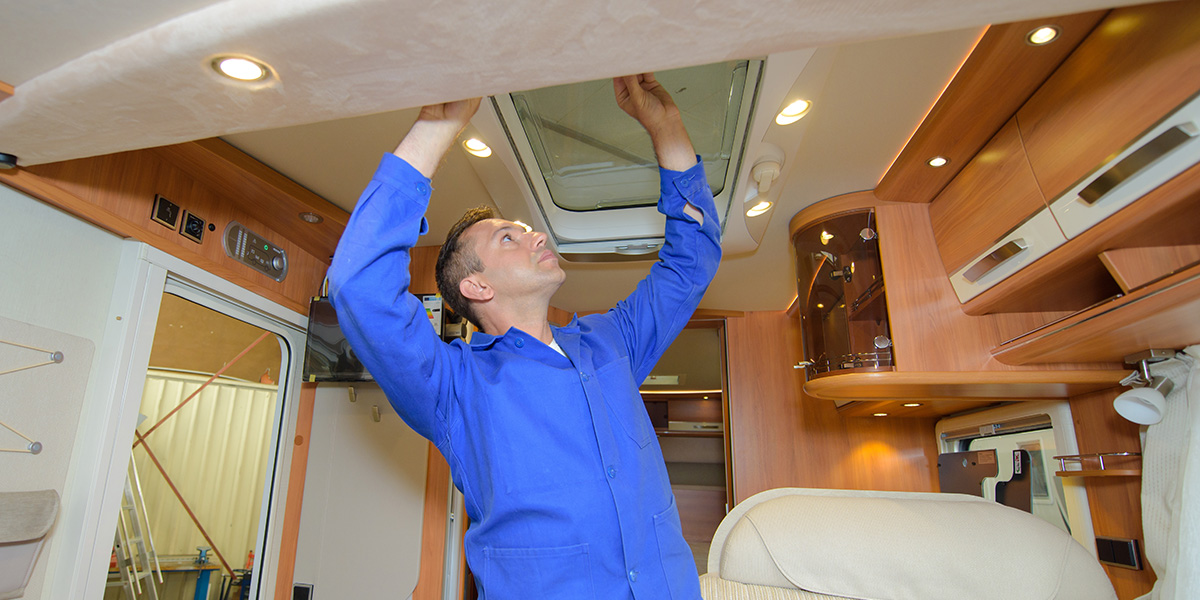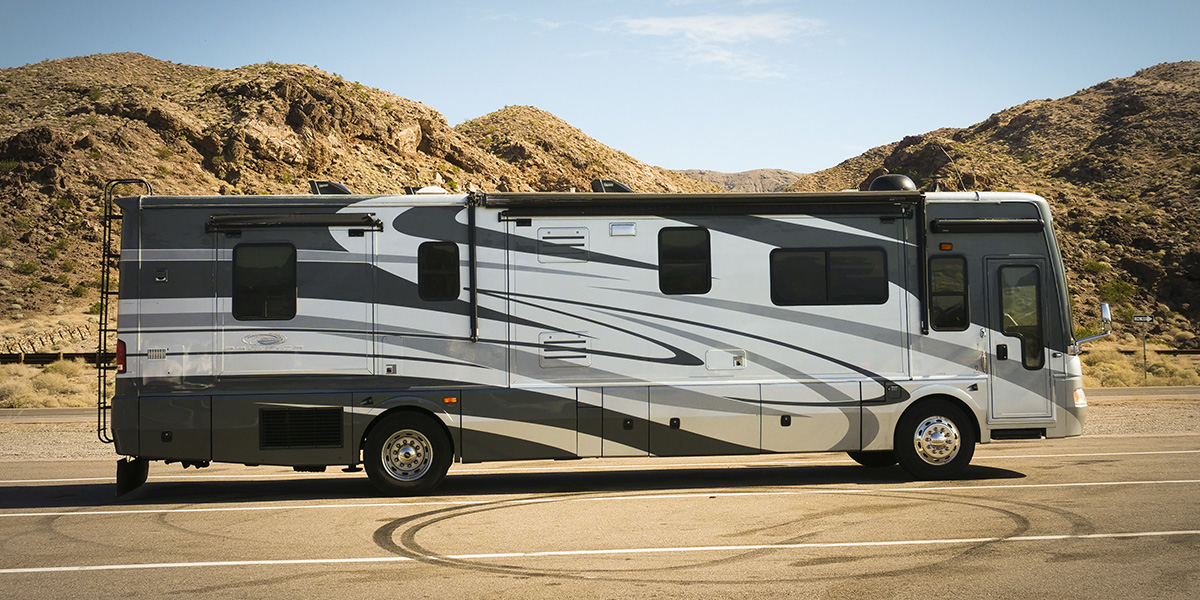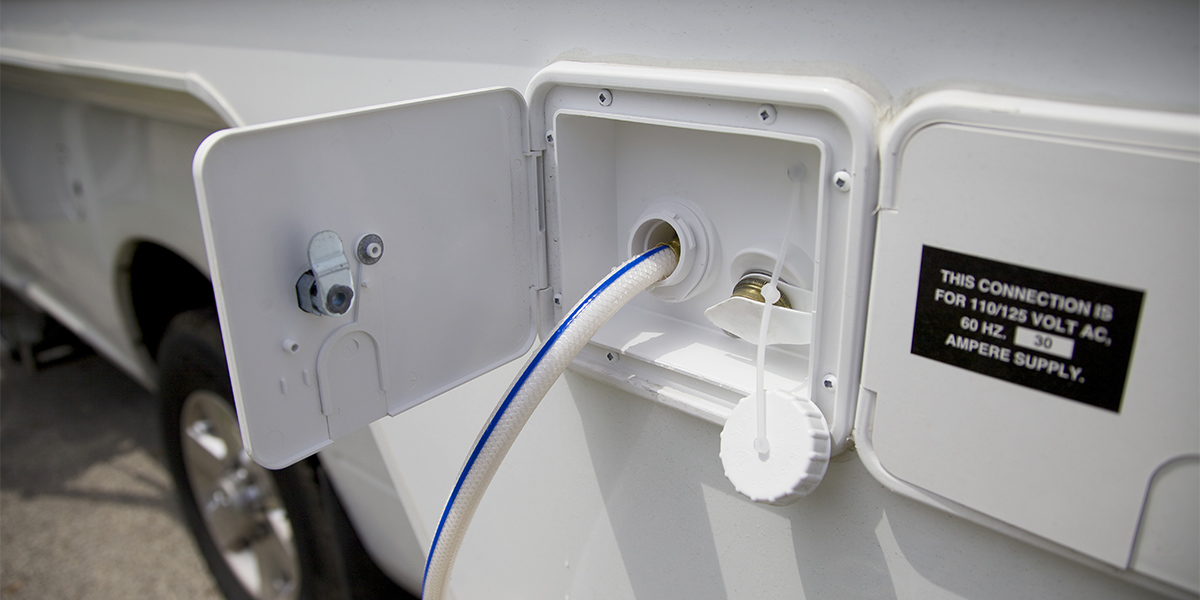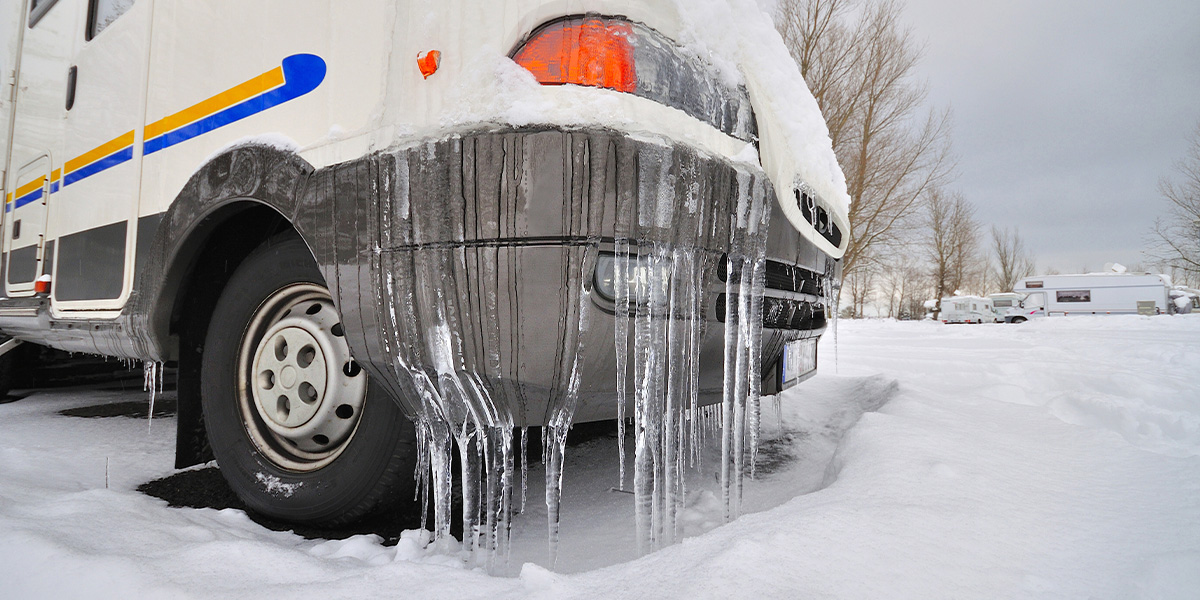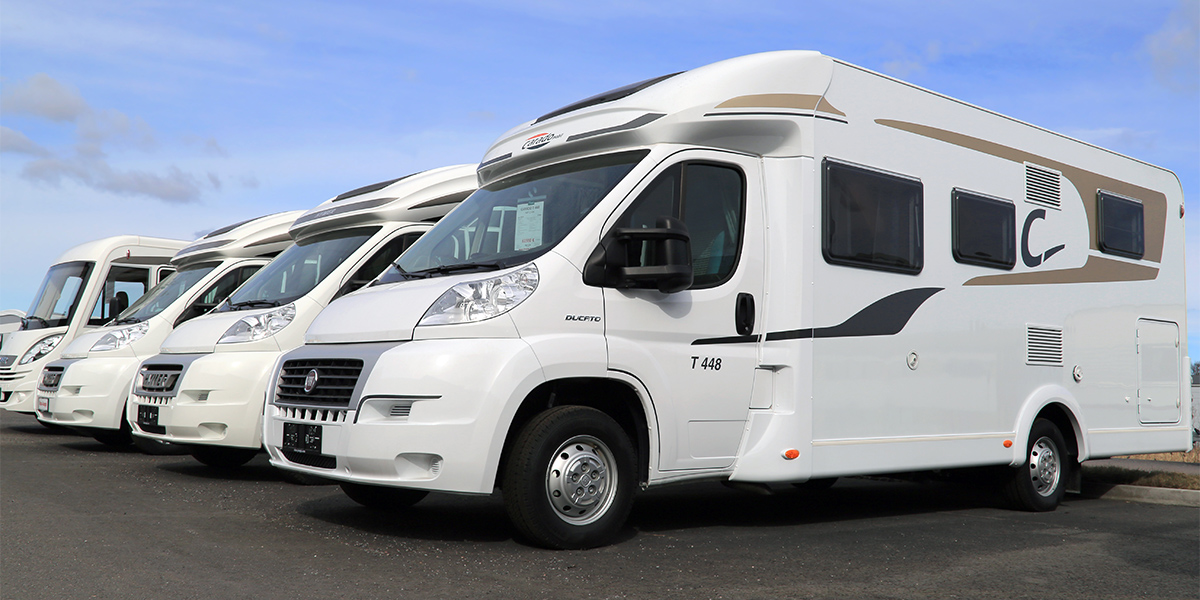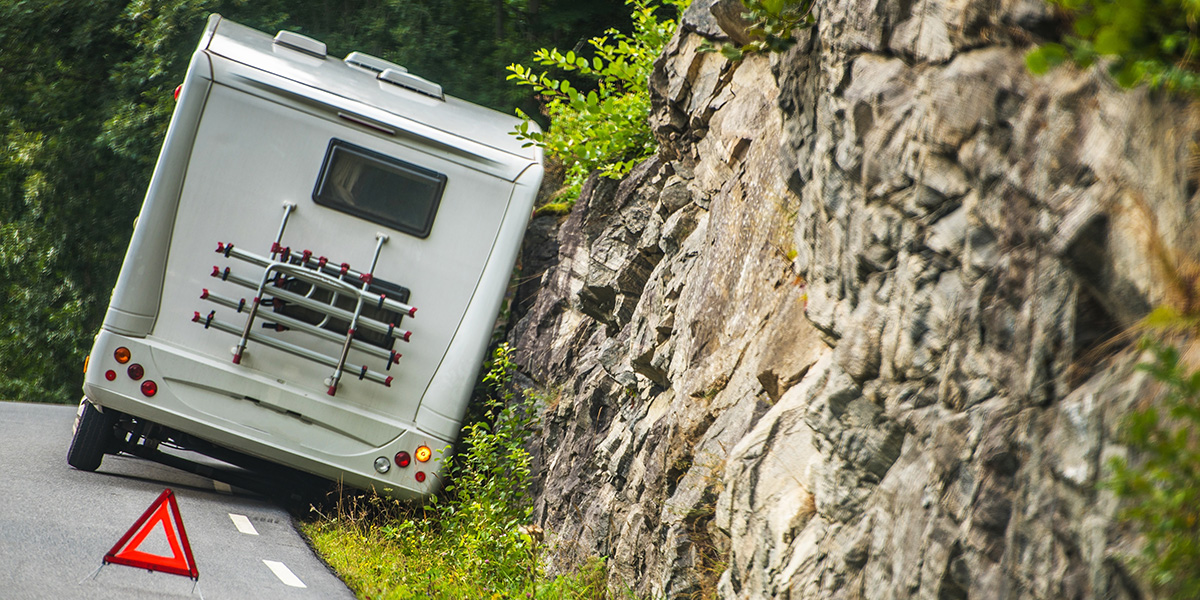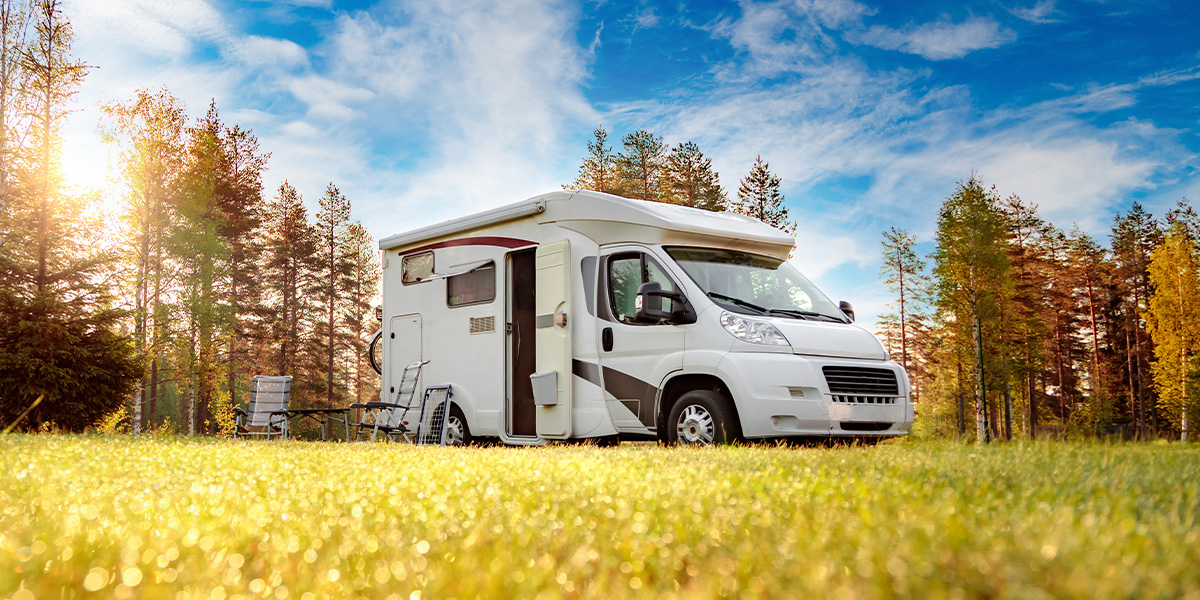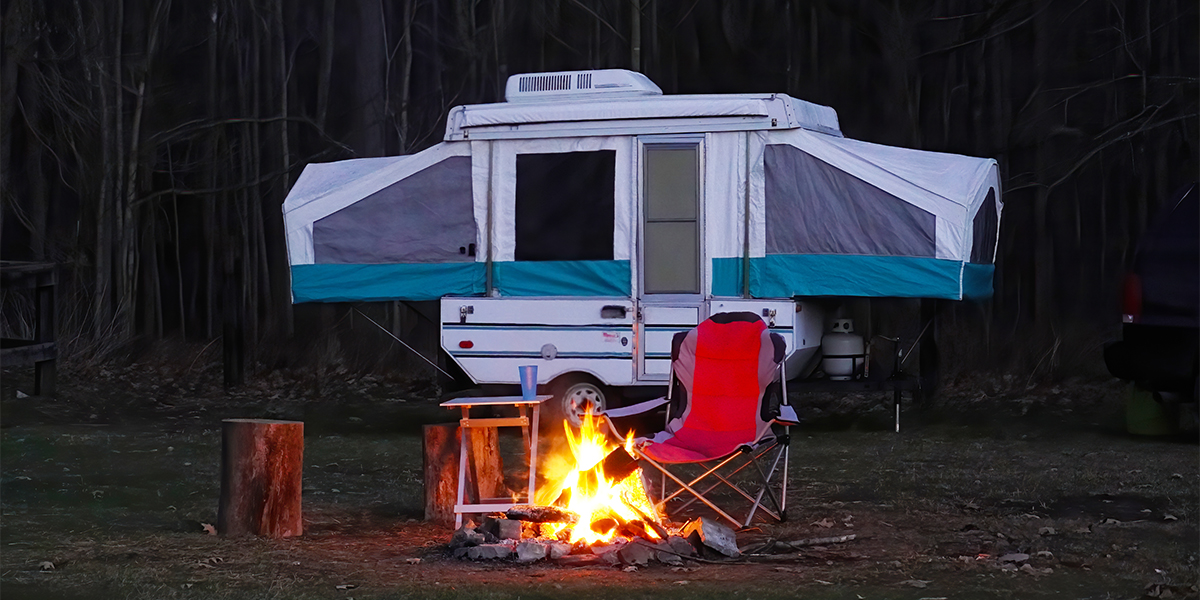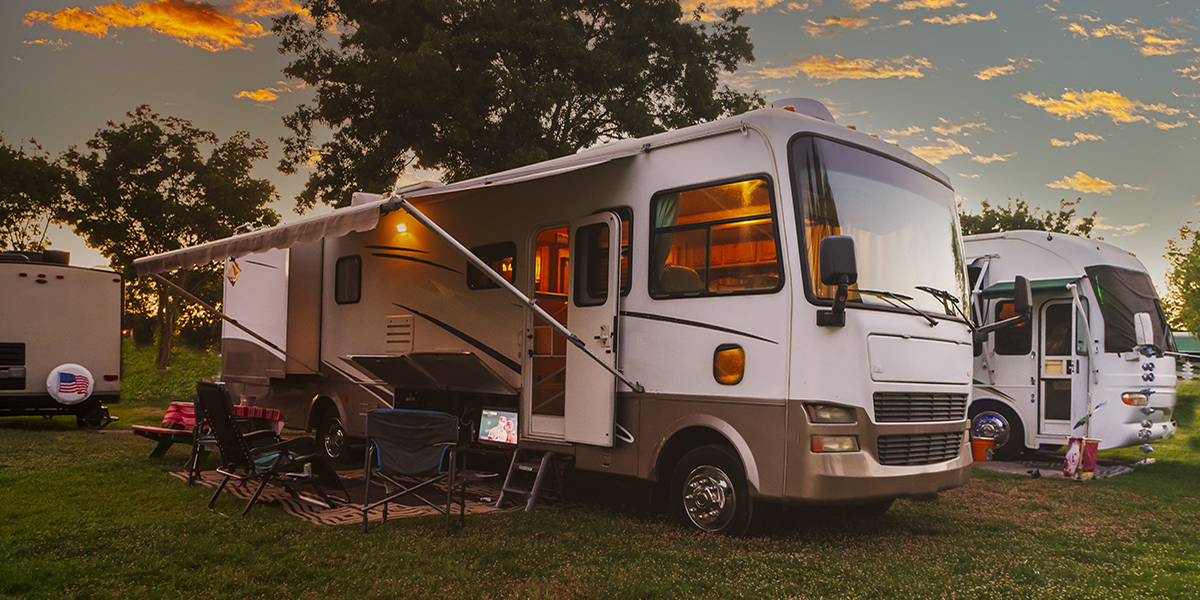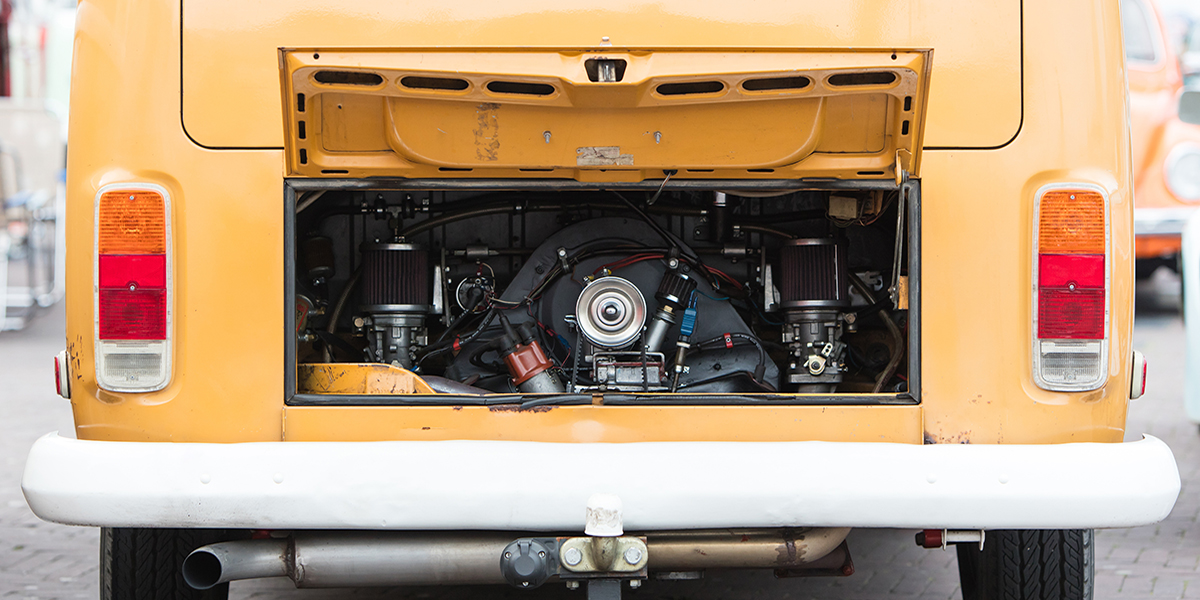For many adventuring RVers, wintertime is considered the offseason. But just because it’s colder and you’re not traveling as much doesn’t mean you have to spend less time with your RV. In fact, now is the time to make the most of these winter months by taking care of your vehicle and getting prepared for the fun year ahead! RV Trader is sharing six off-season RV projects to complete before spring.
1. Maintenance
Maintenance may not be something you’re looking forward to doing, but by giving your RV some TLC during these slow winter months, you can prevent any issues you may encounter further down the road this year. If you haven’t already, be certain to winterize your RV to protect it from harsh conditions. Clean it out, drain tanks, heaters, and lines, add some antifreeze, change the oil, and check your tire pressure and battery’s condition.
2. Repairs
You can always take your RV to a reliable repair shop, but making DIY repairs to your fifth wheel or other RV can help you save some money. If you take on a repair project yourself, make sure you have the right tools and equipment and follow instructions for repairs in your owner’s manual or from the manufacturer. Whether you need to replace your tires, fix a leaking roof, change out a faulty toilet, or mend an air conditioning unit, doing so now will put you in great shape when warmer weather comes around and you roll out on the road.
3. Renovations
Winter is the perfect time to renovate your RV. If you’ve just bought a fixer-upper and are starting from the ground up with renovations, or if you’ve had your RV for a while and are looking to transform a kitchen space or bedroom, you have an opportunity to put your energy into this project before spring. Get some help with RV renovation tips and figure out what you can take on—you may find that you would like to put your efforts into just one renovation project this off-season.
4. Upgrades
Now is the time to make improvements to travel trailers and other RVs with upgrades and add-ons. Go green with your RV and put in solar panels. Install a new WiFi hotspot or internet hookups. Make some kitchen upgrades to your cabinets, stove, or fridge. Add some style to your RV with new accessories, from decorative curtains to new dinnerware and cooking supplies. Buy new boondocking or camping gear for going outdoors. Consider what you may need for your RV based on how you may use it, whether that’s camping, roadtrips, or even for work.
5. Planning Trips
Set dates in your calendar for when you want to take off, whether that’s around holidays, over the summer, or during the shoulder seasons. You could enjoy stopping in at one of the year’s top RV events. For campgrounds and RV-friendly national parks, plan ahead and get reservations well in advance so you secure a spot—some popular destinations are fully booked months in advance. Set a budget for your trip, coordinate with family and friends to let them know about your travels, and plan fun activities you will look forward to.
6. Shopping for RVs
During these off-season months, you may find a great deal on a purchase for an RV! See what the market has to offer this season, as you may be surprised to find deals that aren’t there at busier times in the year when demand is higher. Whether it’s a new or used motorhome, or a towable RV, explore all of your options while you shop to find a lower price on a great vehicle. An RV purchase during the off-season will get you ready for a full year ahead of fun.
Make the most of the winter off-season by fixing up your RV with maintenance, repair, renovations, and upgrades. Look ahead to the year ahead by planning exciting trips in your vehicle. And when you’re ready to find your next new or used RV, be sure to visit RVTrader.com for the nation’s largest inventory of vehicles!
